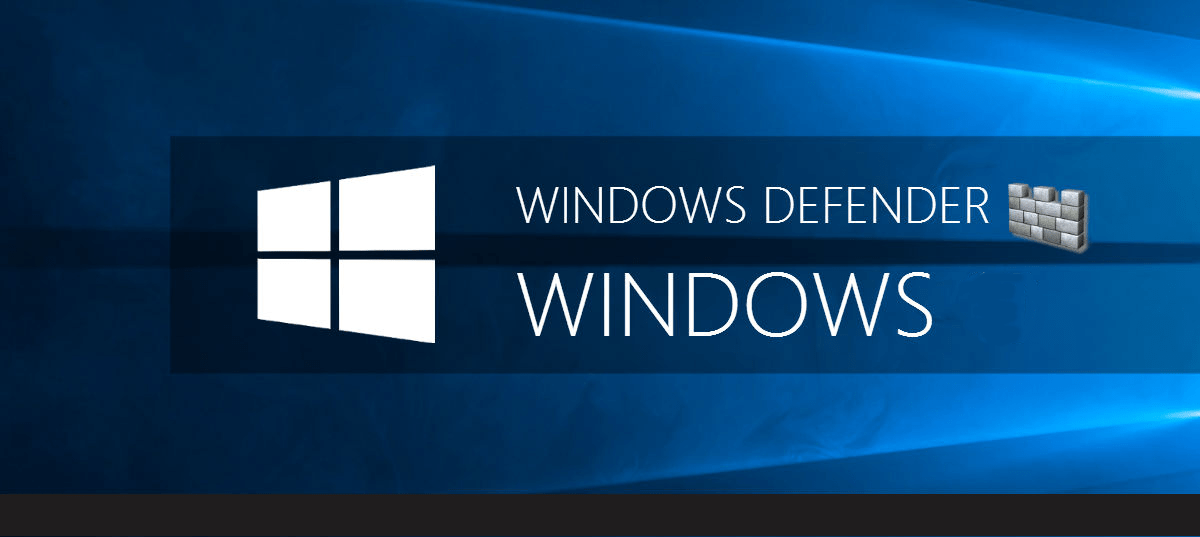

- #Windows defender offline encrypted drive how to
- #Windows defender offline encrypted drive install
- #Windows defender offline encrypted drive update
- #Windows defender offline encrypted drive windows 10
If Windows Defender offline scan taking too long and not working still exists, you can consider using a third-party antivirus program.
#Windows defender offline encrypted drive how to
#Windows defender offline encrypted drive windows 10
Windows 10 In-Place Upgrade: a Step-by-Step Guide.To know more information about the specific operations, you can refer to these articles: Or, you can download Media Creation Tool and run it to upgrade this PC. Step 2: Open this drive, double-click on the setup.exe file to start the in-place upgrade. Step 1: To do this work, download an ISO file of Windows 10/11 and mount this ISO file to get a drive. This can also recreate the deleted partition. In this case, you can try to perform an in-place upgrade repair installation.
#Windows defender offline encrypted drive install
Usually, you resort to a clean install of Windows and then deleting recovery partitions, which may lead to Windows Defender stopping working. When Windows Defender offline scan stops at 92/93 or other %, this method is effective. If one service is stopped, start it again. Step 2: Go to find services related to Windows Defender and make sure they are running. Or you can press Win + R, type in services.msc, and click OK. Step 1: Type services in the search bar in Windows 10/11, click the exact result from the list to run this app on your PC. You should make sure these services are running. In some forums, some users mention that the issue of Windows Defender offline scan is related to the stopped Windows Defender services. After removing all the exclusions included in the C drive, check if the issue – Windows Defender stopped scanning in the offline scan mode is fixed. Step 4: In the popup, choose the exclusions and click Remove. Step 3: Scroll down to find Exclusions and click Add or remove exclusions. Step 2: Click Manage settings under the Virus & threat protection settings section. Step 1: Under the Windows Defender or Windows Security tab in Settings (how to enter this tab has been mentioned in part 1), click Virus & threat protection. Tip: To know what Windows Defender exclusions are, refer to this related article - Something You Should Know on Windows Defender Exclusions. After that, the PC will automatically load to the desktop. This process will take a few minutes and you should wait patiently until the scan finishes. Step 4: Microsoft Defender Offline starts loading and a command window appears to show you “Your PC is being scanned”, as shown below. Step 3: Then, you get a message saying “You're about to be signed out” and Windows will restart in less than a minute to run the offline scan. Step 2: In the CMD interface, type PowerShell Start-MpWDOScan and press Enter. Step 1: Open Command Prompt with admin rights in Windows 10/11. How to run Windows Defender offline scan from Command Prompt? Follow the steps below.

Command Prompt is a command-line tool that allows you to do many operations including performing an offline scan. If Windows Defender offline scan stops at 93/92 or any other % via the Windows Defender app, you can try another way to check if it is still not working. If you want to do this thing, make sure Microsoft has fixed this annoyance.
#Windows defender offline encrypted drive update
Or, from the Microsoftĭefender Antivirus tree on left pane, click Real-time Protection.Note: Don’t perform Windows Defender update gain. To do this: In the Microsoft Defender Antivirus details In the left pane of Local Group Policy Editor, expand the tree toĬomputer Configuration > Administrative Templates > Windows ComponentsĬonfigure the Microsoft Defender Antivirus real-time protection policy Under Best match, click Edit group policy to launch Local Group Policy In your Windows 10 taskbar search box, type gpedit. Make sure Real Time Protection is ON (be careful of having multiple AV Apps) Windows Defender certainly picks up and challenges the software as a virus (not really but old stuff is so marked). I have old software with old network technology on old USB Keys. Windows Defender (like other good Anti Virus apps) will scan a USB Key that is inserted (plugged in) and check it.

I have been using Windows 10 and Windows Defender for 5 years now.


 0 kommentar(er)
0 kommentar(er)
